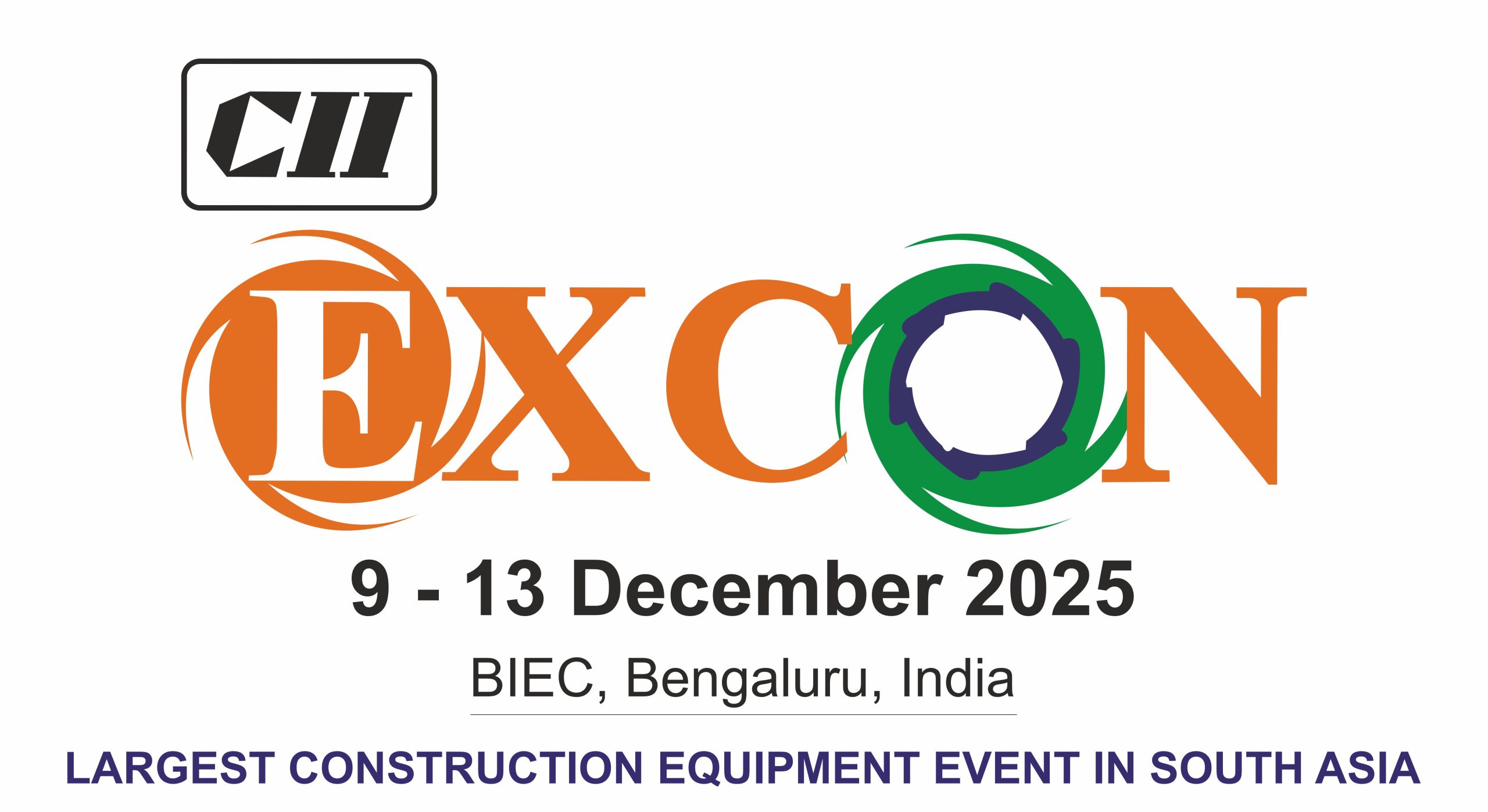India’s electric vehicle (EV) growth appears to be hitting a wall — and the culprit isn’t vehicle cost, but a glaring shortfall in charging infrastructure. While EV sales had shown promising upward momentum, many prospective buyers are hesitating due to “range anxiety” and lack of reliable charging access.
Industry insiders point out stark regional disparities: urban areas may have a handful of public charging stations, but rural and semi-urban regions remain vastly underserved. Even within cities, chargers are often congested or non-functional. This patchy network undermines consumer confidence, especially for long-distance travel.
The government has introduced subsidies and announced ambitious charging network targets, but execution has lagged. Private investment has been slow to follow, citing concerns over returns, land availability, and standardization issues among charger makers.
Analysts warn that EV adoption could stagnate unless charging infrastructure growth accelerates. They urge greater alignment between public policy and private sector deployment, smoother land acquisition rules, and incentives for interoperable, fast-charging solutions.
In short: the EV revolution in India may be electrified in spirit, but it still lacks the wires to reach full speed.










